
92 posts
Latest Posts by raskopal - Page 2

Andrei Tarkovsky, his Sister Marina and their Mother Maria Ivanova Vishnyakova •

Édouard Boubat (1923-1999 French) • L’arbre et la Poule 1950
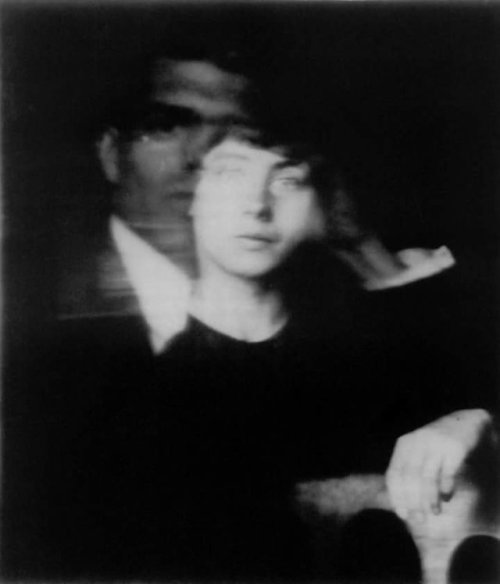
Hannah Höch with Raoul Hausmann • Self Portrait 1919

Glass bottle shaped like a date, Greek and Roman Art
Edward C. Moore Collection, Bequest of Edward C. Moore, 1891 Metropolitan Museum of Art, New York, NY Medium: Glass
http://www.metmuseum.org/art/collection/search/245683
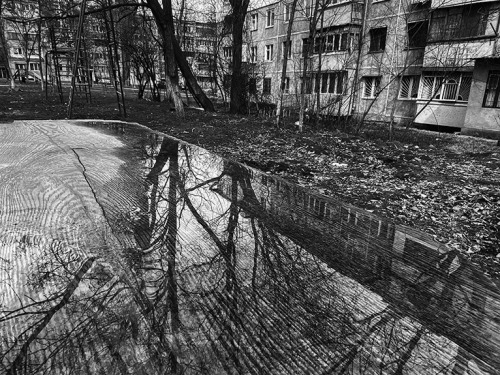
Rainy Rings…Rainy Years…Rainy Trees…
Tanya Luca

Sebastião Salgado. Asháninka, State of Acre, Brazil, 2016.




audience members at Umm Kolthoum’s concert in Egypt, 1962

Botanical Study N° 4 | Fawn DeViney









Zeus Leonardo
Life is tragic simply because the earth turns and the sun inexorably risesand sets, and one day, for each of us, the sun will go down for the last, last time. Perhaps the whole root of our trouble, the human trouble, is that we will sacrifice all the beauty of our lives, will imprison ourselves in totems, taboos, crosses, blood sacrifices, steeples, mosques, races, armies, flags, nations, in order to deny the fact of death, which is the only fact we have. It seems to me that one ought to rejoice in the fact of death—ought to decide, indeed, to earn one's death by confronting with passion the conundrum of life.
James Baldwin, The Fire Next Time

Guerrillera de la "Organización del Pueblo en Armas en las montañas." Guatemala. Junio, 1982. Photo: Pedro Valtierra
Forough Farrokhzad - To my sister
Sister, rise up after your freedom, why are you quiet? rise up because henceforth you have to imbibe the blood of tyrannical men.
Seek your rights, Sister, from those who keep you weak, from those whose myriad tricks and schemes keep you seated in a corner of the house.
How long will you be the object of pleasure In the harem of men’s lust? how long will you bow your proud head at his feet like a benighted servant?
How long for the sake of a morsel of bread, will you keep becoming an aged haji’s temporary wife, seeing second and third rival wives. oppression and cruelty, my sister, for how long?
This angry moan of yours must surely become a clamorous scream. you must tear apart this heavy bond so that your life might be free.
Rise up and uproot the roots of oppression. give comfort to your bleeding heart. for the sake of your freedom, strive to change the law, rise up.

By Mar+Vin for Emannuelle Junqueira

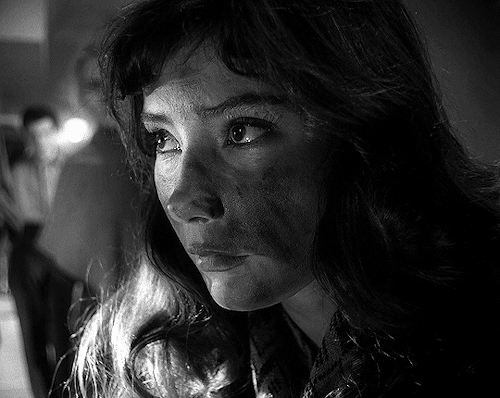
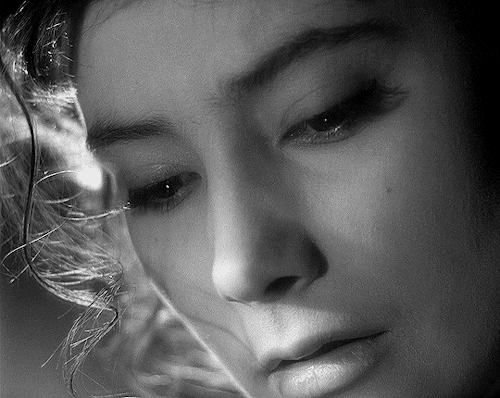
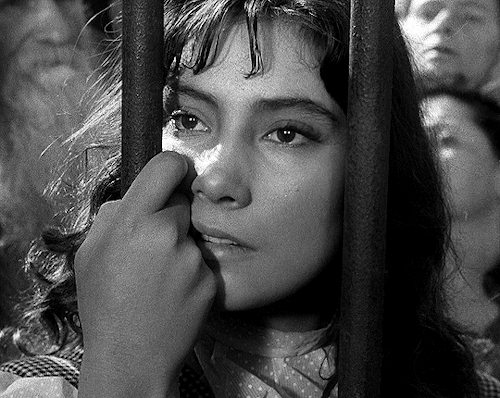
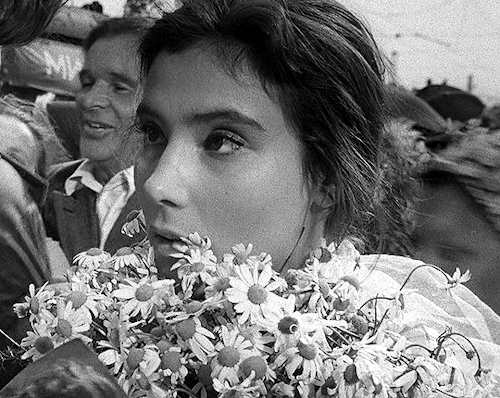
Tatiana Samoilova in The Cranes Are Flying 1957 dir. Mikhail Kalatozov

The Black Panther’s Free Breakfast for Children Program is probably their best-known initiative, the press finding an intriguing story juxtaposing the Panther’s tough-guy-in-leather-jacket image with the act of serving small children plates of hot food. Importantly, it was mostly women who led these survival programmes, and women made up a majority of the Panther membership. They served in leadership roles from ‘Officer of the Day’ (essentially the office – and people – manager for each branch), to organising the many details of a location’s breakfast programme to initiating and leading food justice, healthcare and housing programmes within neighbourhoods.
So why does the image of the Panthers as a masculinist and violent organisation persist? The answer lies in part with media distortion, influenced both by the sexism and racism that misrepresented the Panthers. There was also a misinformation campaign by the FBI, led by J Edgar Hoover, waged against the increasingly popular Panthers, which had an enduring impact on how people saw them.

Bianca Blakeney by Sam Crawford for CAP 74024 Magazine April 2022



Unfinished Roman-Era Statue Unearthed in Greece
An unfinished Roman-era statue made of marble was unearthed in an excavation in Veria recently, according to a statement issued by the Greek Ministry of Culture on Wednesday.
The statue, which does not have a head, is three-fifths life size; at this point it is unknown who it depicts, although traditionally the only unclothed figures in Greek statuary are of gods or athletes.
The spectacular find, taking place almost at the end of the year, occurred in the center of the Ancient Greek city of Veria, in the heart of Macedonia, very close to the archaeological site of Agios Patapios.
Statue remarkable for its state of incompleteness
The discovery was made as a result of excavation under the auspices of the Ephorate of Antiquities of Imathia, in one of the few pieces of land in the city that had no buildings on it. The statue was unearthed on Friday, December 17.
The statue, which stands almost one meter tall, dates back to imperial times, when Veria, as the seat of the Macedonian Commonwealth, was the first city of Macedonia. It served as the center of political and cultural developments in the region and at the same time was an axis of cohesion and a point of reference for all ancient Macedonian traditions.
With a cloak thrown around his left shoulder and wrapped around his arm, the statue of a young man with an athletic body is seen emerging from a mass of marble, recalling the classic patterns and images of statues related to Apollo or Hermes.
It is the work of a very skilled craftsman who, for whatever reason, never finished the piece. The sculptor, although he had advanced far in the creation of his sculpture, had reached a point almost at the final stage when he apparently decided to abandon the effort, unfinished.
This fact makes the discovery of the statue even more significant, however, since it gives art historians an opportunity to study not only the style, but the production techniques of these types of artworks.
The statue may have been meant as an exact copy or a freer recreation of a famous original; either way, it can help researchers understand the Veroia school of sculpture from a completely different point of view.
Its typical sculptural forms, which had particularly recognizable features already in the Hellenistic period, reached their apogee at the time of the greatest prosperity of the city, when the Antoninians and the “Philalexandrian” Severus reigned at the end of the second and beginning of the third century AD.
Excavations at the plot are continuing, according to the statement by the Greek Ministry of Culture.
By Patricia Claus.


1. Erzya girl Lukosha is shy and afraid of photography.
2. Lukosha agreed to be photographed.
Staroe Vechkanovo, Buguruslan district, Samara province, Russia. Photographed by Armas Otto Väisänen, 1914.

Stalker, Andrei Tarkovsky


Andrei Tarkovsky, “Nostalghia”. 1983.

Stalker, Andrei Tarkovsky, 1979
“A little darkness, in itself, at the time, is nothing. You think no more about it and you go on. But I know what darkness is, it accumulates, thickens, then suddenly bursts and drowns everything.”
—
Samuel Beckett, Malone Dies
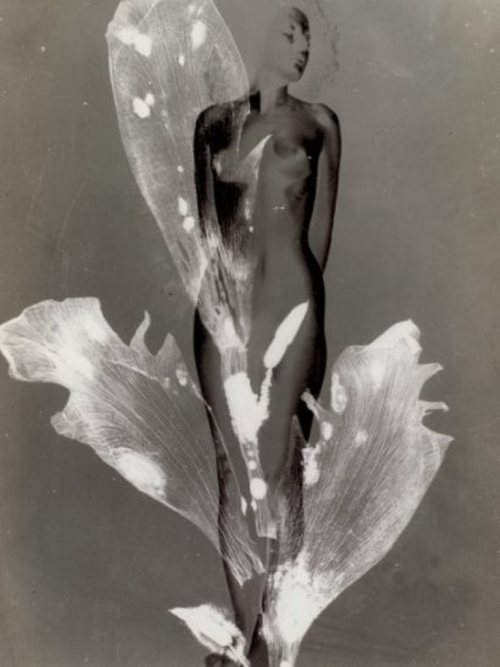
Pierre Boucher, Femme-fleur, inversion négatif-positif, solarisation et photogramme, 1937

Nell Dorr, 1939
https://www.instagram.com/likalinea/

“The Man Who Fell From Heaven” petroglyph, Robertson Point, Prince Rupert Harbour, Canada. © 1983 Department of Archaeology, Simon Fraser University.
source
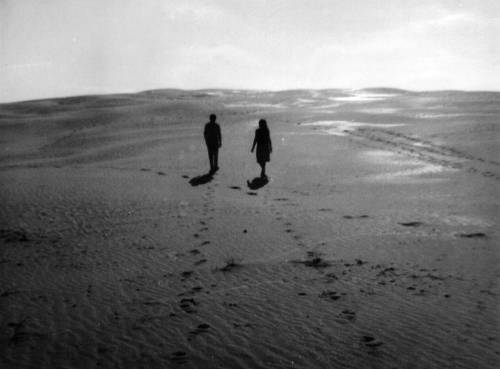
Film still from “Si le vent te fait peur” (If the wind frightens you) directed by Emile Degelin, 1960.
source


Roden Crater is a cinder cone type of volcanic cone from an extinct volcano, with a remaining interiorvolcanic crater. It is located northeast of the city of Flagstaff in northern Arizona, United States.
Satellite view of Roden Crater, the site of an earthwork in progress by James Turrell outside Flagstaff, Arizona.

Miklós Ligeti, Csók, 1902

Chris Drury Covered Cairn, 1993 TICKON (Tranekær International Centre for Art and Nature), Langeland, Denmark. This was commissioned as a temporary piece and comprises a cairn of glacial boulders enclosed by a dome of woven sticks
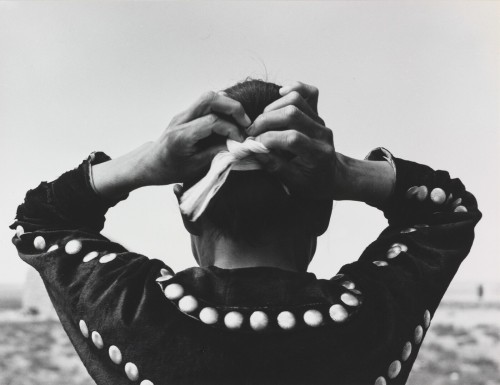
Laura Gilpin. Tying a Chongo, 1954.